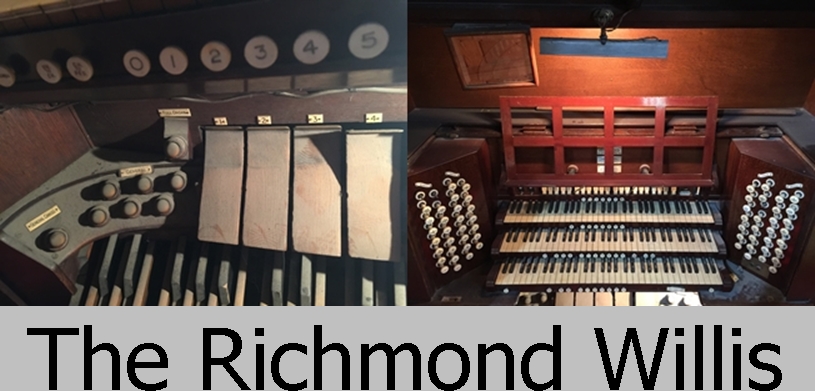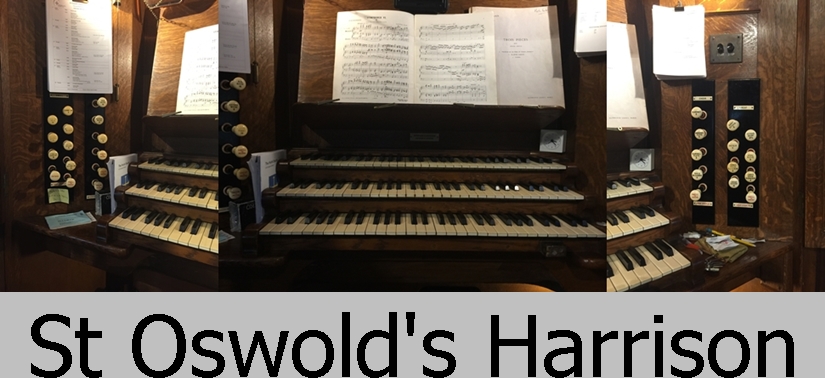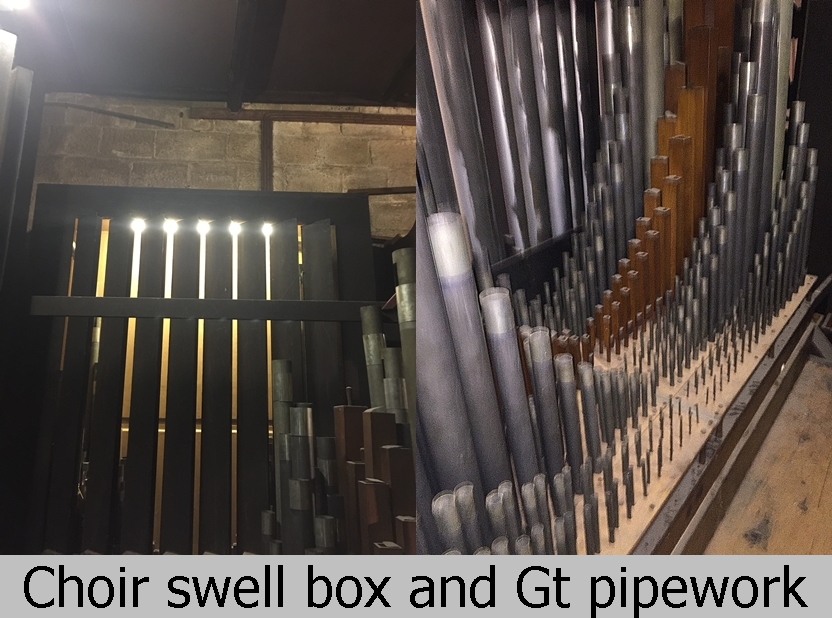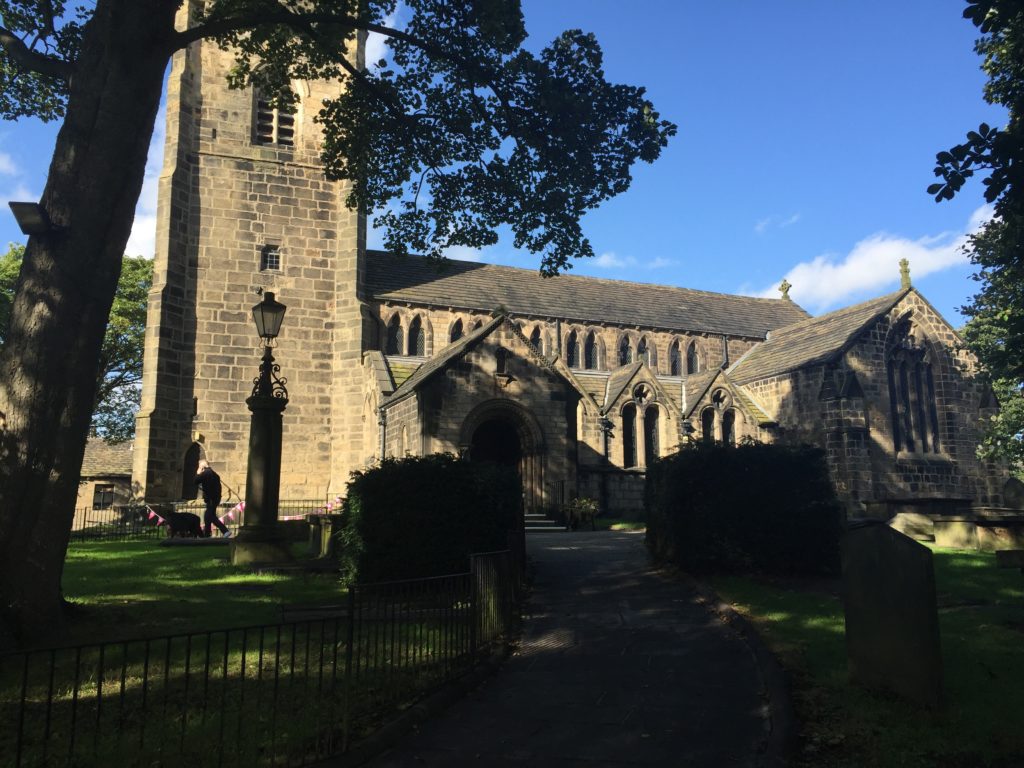This year we have seen a considerable increase in the number of churches facing a serious decision regarding the future of their pipe organs. A number of these involve what were, when new very good instruments indeed. Passage of time and perhaps the lack of regular maintenance have now brought some to a sorry state of repair.
A Richmond church I visited in the summer has a an amazing Willis organ and as you see from the picture it has been silent for over 20 years and long replaced by a digital that now too needs replacing. Just look at the dust that has accumulated on the pedal board.

I recently visited a church in Brighton that has a lovely instrument by Hunter & Sons of Clapham but now far more wind leaves the reservoirs than ever reaches the pipes. The same situation faced St Oswold’s that has a good 3 manual Harrison and a very enthusiastic organist.
These 3 churches each face pipe organ repair bills well above £100,000 and Brighton and Richmond may well be nearer £300,000. The sums involved are eye watering requiring real determination to raise and the future of the music in these places is under serious threat. St Oswald’s decided on a short term fix and we have installed an Envoy 350-FV on 12 external speakers and bass for about £23,000.

It has been done in a way that has not disturbed the pipe organ at all. All our speakers are inside the pipe case. At St Oswald’s the chamber is unusually large, you could actually have a bridge four seated at a table if you so chose too! It is an unusual luxury to have so much space but even when this is not available when using a pipe chamber we ensure that nothing is done to add cost to the organ restoration if and when it is eventually funded.
Six speakers sit behind the great soundboard and these carry the pedal and great stops. Four sit on top of the swell box for the swell and 2 sit on top of the choir box for that division. A large sub woofer then sits on the church floor at the rear of the pipe chamber. Wiring from these locations then runs south across the choir to the south side chapel where our console sits giving the organist a good view into the choir and probably much better connection with his choir than was possible with his back to them when playing the pipe organ. 
So is this a controversial solution or a practical option? For a few pipe organ lovers this can almost seem a crime. But then they are not the musician trying to keep choir and music together in the face of overwhelming odds. I am pleased to say that I see this objection to what we do slowly declining.
I hope that in part reflects the huge improvements there have been in digital organ sound technology. 30 years ago it was a poor imitation at best but today it really is effective and when done well with enough speakers as here at St Oswald’s, and then properly voiced to the building and its liturgy, I would suggest they are a very worthy alternative at a fraction of the cost of pipe organ repair. Just listen to some of our recordings and judge for yourself. No two are the same and of course some are better than others.
Just as with pipe organs the building is a crucial part of the final result and we have no control over that. Good pipe organs of course merit the most vigorous efforts to save them. It is a pity that for many along the years of use very little maintenance is carried out and then the situation develops into a crisis when the cost of proceeding becomes an obstacle too great to resolve.
I have had a passion for church organs since the tender age of 12. I own and run Viscount Organs with a close attention to the detail that musicians appreciate; and a clear understanding of the benefits of digital technology and keeping to the traditional and emotional elements of organ playing.



